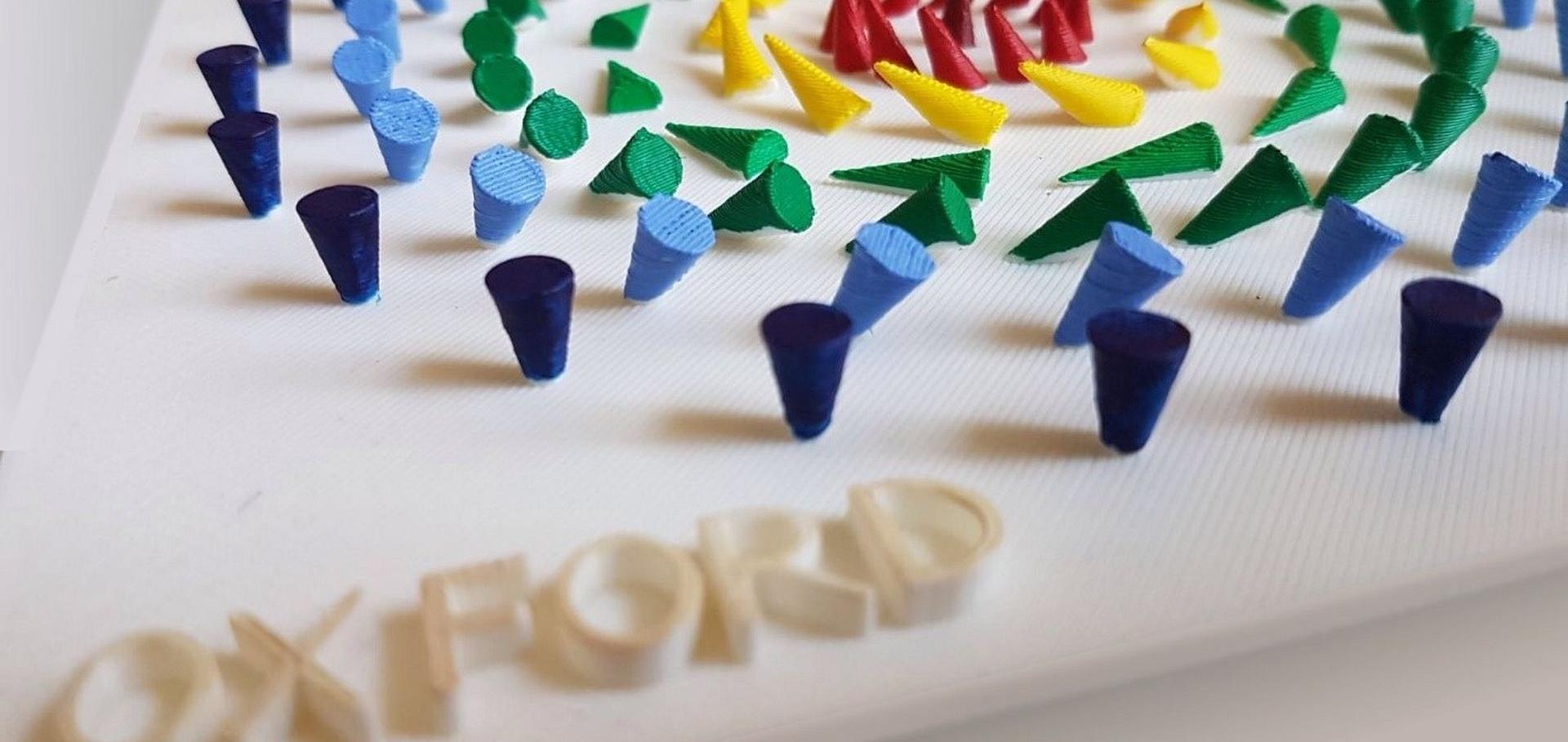Tailoring the topological surface state in ultrathin alpha -Sn(111) films
Physical Review B: Condensed Matter and Materials Physics American Physical Society 100 (2019) 245144
Abstract:
We report on the electronic structure of α-Sn films in the low thickness regime grown on InSb(111)A. High-resolution angle-resolved photoemission (ARPES), enhanced at low photon energies, allows for the direct observation of the linearly dispersing 2D topological surface states (TSSs) that exist between the second valence band and the conduction band. The Dirac point of this TSS was found to be 200meV below the Fermi level in 10-nm-thick films, which enables the observation of the hybridization gap opening at the Dirac point of the TSS for thinner films. The cross-over to a quasi-2D electronic structure is accompanied by a full gap opening at the Brillouin zone center, in agreement with our density functional theory calculations. We further identify the thickness regime of α-Sn films where the hybridization gap in TSS coexists with the topologically non-trivial electronic structure which must result in a presence of 1D helical edge states.Mode-resolved detection of magnetization dynamics using x-ray diffractive ferromagnetic resonance
Nano Letters American Chemical Society 20:1 (2019) 345-352
Abstract:
Collective spin excitations of ordered magnetic structures o er great potential for the development of novel spintronic devices. The present approach is to rely on micromagnetic models to explain the origins of dynamic modes observed by ferromagnetic resonance (FMR) studies, since experimental tools to directly reveal the origins of the complex dynamic behavior are lacking. Here we demonstrate a new approach which combines resonant magnetic x-ray diffraction with FMR, thereby allowing for a reconstruction of the real-space spin dynamics of the system. This new diffractive FMR (DFMR) technique builds on x-ray detected FMR (XFMR) that allows for element-selective dynamic studies, giving unique access to specific wave components of static and dynamic coupling in magnetic heterostructures. In combination with diffraction, FMR is elevated to the level of a modal spectroscopy technique, potentially opening new pathways for the development of spintronic devices.Tailoring Hybrid Anomalous Hall Response in Engineered Magnetic Topological Insulator Heterostructures
(2019)
Coherent transfer of spin angular momentum by evanescent spin waves within antiferromagnetic NiO
arxiv (2019)
Abstract:
Insulating antiferromagnets are efficient and robust conductors of spin current. To realise the full potential of these materials within spintronics, the outstanding challenges are to demonstrate scalability down to nanometric lengthscales and the transmission of coherent spin currents. Here, we report the coherent transfer of spin angular momentum by excitation of evanescent spin waves of GHz frequency within antiferromagnetic NiO at room temperature. Using element-specific and phase-resolved x-ray ferromagnetic resonance, we probe the injection and transmission of ac spin current, and demonstrate that insertion of a few nanometre thick epitaxial NiO(001) layer between a ferromagnet and non-magnet can even enhance the flow of spin current. Our results pave the way towards coherent control of the phase and amplitude of spin currents at the nanoscale, and enable the realization of spin-logic devices and spin current amplifiers that operate at GHz and THz frequencies.Coherent transfer of spin angular momentum by evanescent spin waves within antiferromagnetic NiO
(2019)


